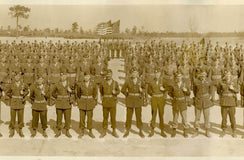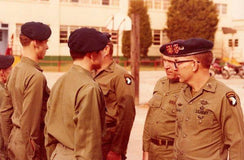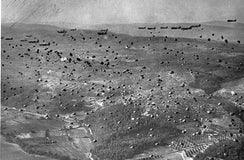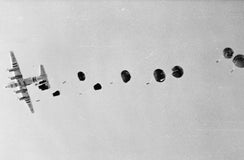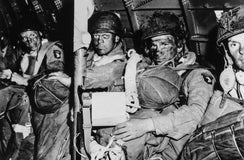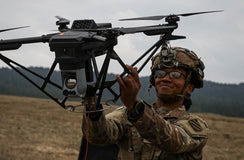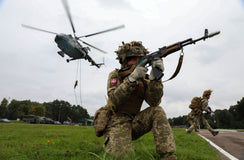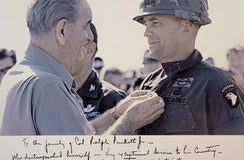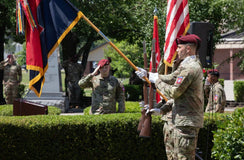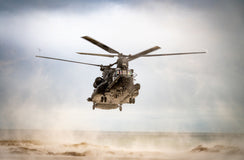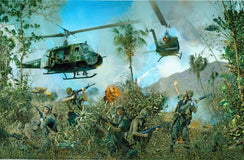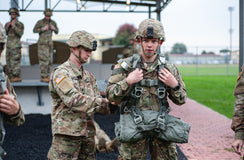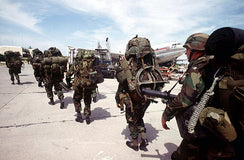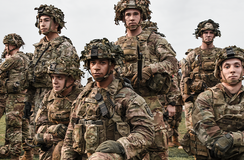Fourth Time is a charm? The Polar Paratroopers
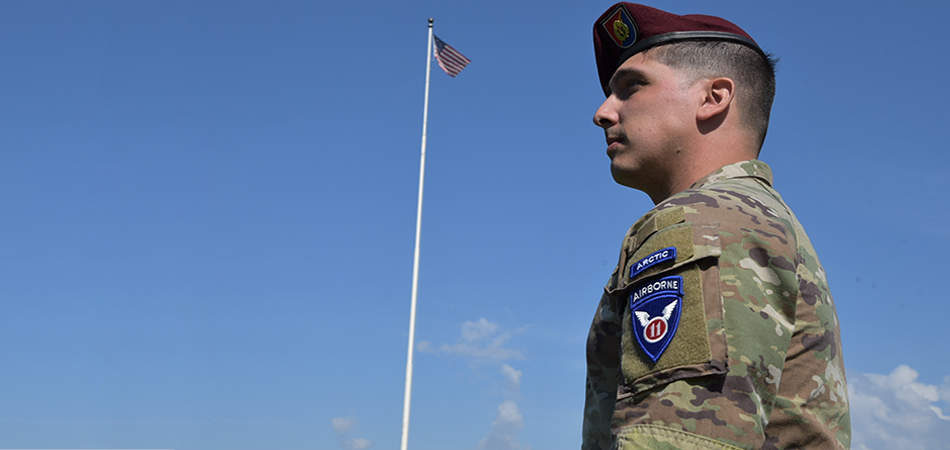
The 11th Airborne Division is back for the fourth time in its history. Although the newest established division in the Army, their history is rich, full of battles, and epic victories. The recently named Arctic Angels are in charge of highly significant areas in the world, the Arctic and the Indo-Pacific. But let's look at their origins and what makes these Polar Paratroopers stand out.
The Roots of the Arctic Angels
The 11th Airborne Division was established by the United States Army during World War II and has since participated in numerous conflicts and operations. Established in the middle of World War Two, the 11th was activated on February 25, 1943, at Camp Mackall, North Carolina, initially focusing on parachute jumps and air assault operations. The division commander was Major General Joseph M. Swing, who pioneered the craft of airborne and drafted War Circular 113, which became the nitty-gritty of Airborne.
The core of the initial combat formations consisted of a mixture of occupations and units, including the 511th Parachute Infantry Regiment; 187th Glider Infantry Regiment; 188th Glider Infantry Regiment; 457th Parachute Field Artillery Battalion; 674th Glider Field Artillery Battalion, and the 675th Glider Field Artillery Battalion. Their superb performance in training and preparation for WW2 persuaded the War Department that Airborne divisions were valuable and necessary.
First Combat Operations in the Pacific
Its first large-scale operation in the Pacific was a significant success, and the unit was essential in the liberation of the Philippines. On November 18, 1944, under the leadership of MG Swing, the courageous formation landed in Leyte, securing the airfields around the town of Burauen, which were crucial for the Allied forces' success in the region. The division secured the airfields and paved the way for the Allies to advance.
Then it continued to fight through the jungle, single-handedly destroying two enemy divisions near Jaro. The division also participated in smaller-scale operations conducting amphibious assaults in sync with the U.S. Airborne units.
At the turn of the year in 1945, the 11th Airborne Division spearheaded the Sixth Army's attack by conducting an amphibious landing in Luzon, jumping in the Tagaytay Ridge and fighting to liberate the capital. Three weeks later, the unit conducted a bold raid on Las Banos, Luzon, where a detention camp run by the Japanese was holding 2,146 Allied civilians. But, they would not stop there; they went on to conduct other amphibious and parachute operations, playing a decisive role in beating the Imperial Japanese Army.
The 11th Airborne Division also played a crucial role in the occupation of Japan after World War II. The division was tasked with securing the island of Honshu, Japan's largest island. The division was also responsible for the security of the Emperor's Palace in Tokyo.
From Deactivation to Reactivation All Over Again
Upon the return to the United States in 1949 in Fort Campbell, Kentucky, the division was deactivated. However, when the Army needed a robust division for the Korean War, the 11th Airborne Division was reactivated in 1951. The division participated in several key battles, including the Battle of Heartbreak Ridge and the Battle of Chosin Reservoir. One of the unique features of the 11th Airborne Division was its use of gliders in addition to traditional parachutes. The gliders transported troops, equipment, and supplies behind enemy lines.
Then, in 1956, the division was deployed to Germany but was deactivated in August 1958. Shortly after, it was reactivated in February 1963 and redesignated as the 11th Air Assault Division (Test), with the aim of establishing and enhancing air assault tactics and equipment centered around a new helicopter-borne Army. However, upon successfully completing the test, it was again inactivated in June 1965.
A new location, new name, and a whole lot of responsibility
On D-Day, June 6, 2022, the 11th Airborne Division was activated at Joint Base Elmendorf-Richardson, Alaska, where its headquarters are located, along with the 2nd Brigade. On the same day, a ceremony was held at Fort Wainwright, Alaska, where the 1st Brigade is located.
The mission of the 11th Airborne Division is to execute expeditionary operations within the Indo-Pacific theater, conduct Multi-Domain Operations in the Arctic, and defend critical infrastructure in homeland defense. Through large-scale combat operations, they also train to defeat any enemy in freezing weather, high altitude, high latitude environments, and mountainous terrain.
The division's insignia is a white eagle with outstretched wings, clutching a sword in its talons. The eagle represents the division's airborne capabilities, while the sword symbolizes the division's fighting spirit. The number 11 represents the division's numerical designation.
The 11th Airborne Division's history is full of impressive feats and contributions to the success of the United States military. Its success in battle through the conduct of airborne operations sets it apart from other divisions, and its legacy lives on as a testament to its bravery and dedication to duty. With the new name, Arctic Angels, and area of responsibility, they are ready to fight and win against any enemy. America’s Arctic Warriors – Arctic Tough!
Did you know?
Private Elmer E. Fryar and Private First-Class Manuel Perez Jr. were posthumously awarded the Medal of Honor for their conspicuous gallantry and intrepidity, above and beyond the call of duty? As members of the 11th Airborne Division and their fellow paratroopers, they fought for the Liberation of the Philippine Islands in WWII, contributing to America's victory in the war.


